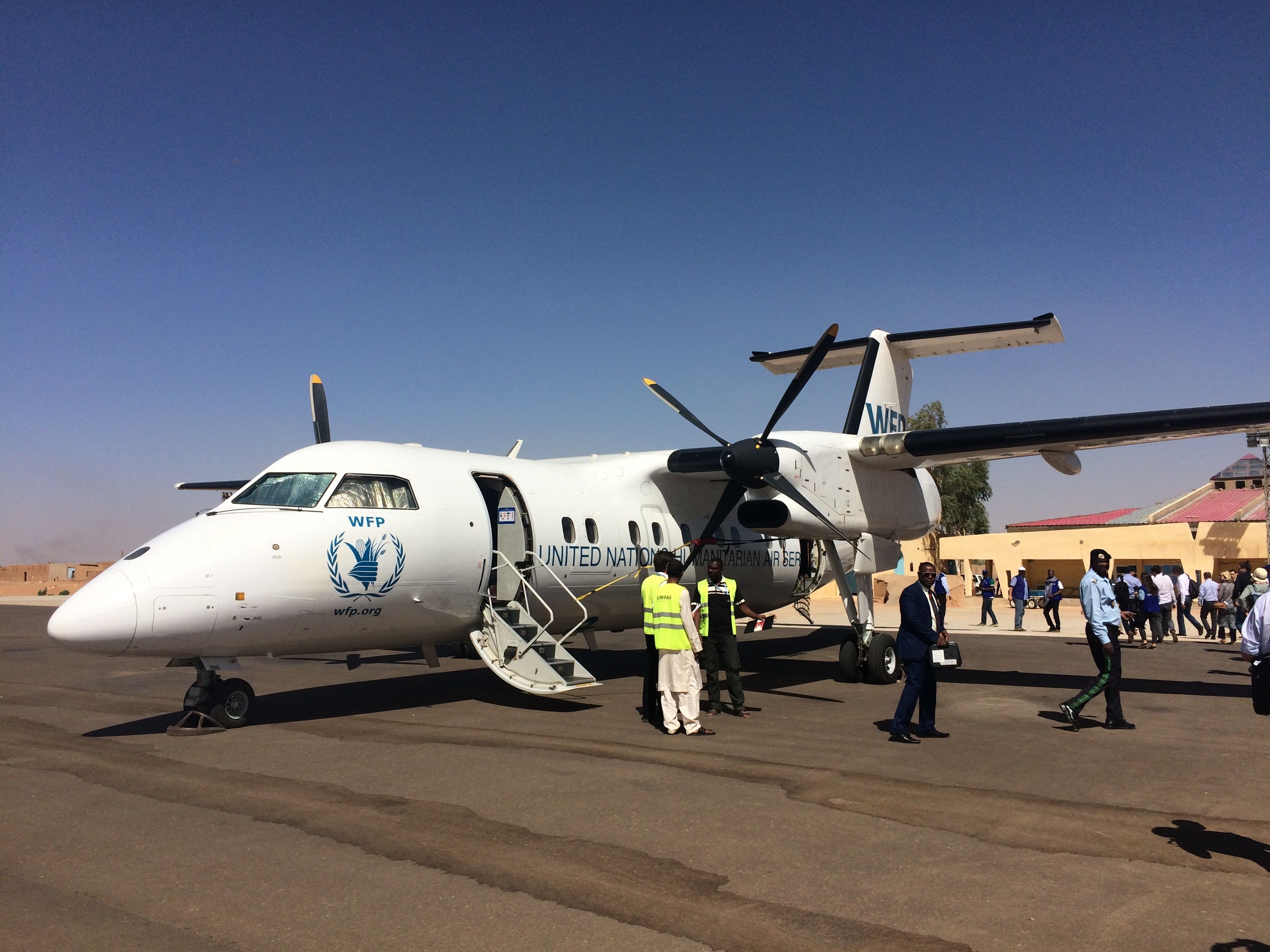Summary Renegade Air de Havilland Dash 8-300 operating for the UN WFP lost a main landing gear on take-off but managed to land safely. An investigation was launched to address how the aircraft collided with the structure during takeoff. Days prior, there was another aircraft operating for the UN that caught fire in South Sudan while landing.
A Renegade Air de Havilland Dash 8-300 operating for the United Nations suffered a loss of one of its main landing gear wheels, along with a portion of its struts, while the aircraft was taking off. Despite this, the flight made it to its destination, where the aircraft performed a belly landing, and all 35 passengers, along with the three crew members onboard the aircraft, were safely evacuated. The incident A Renegade Air flight being operated for the United Nations World Food Program (UN WFP), as reported by The Aviation Herald , collided with a dyke during its departure from Maban to Malakal, in South Sudan.

The aircraft involved in this incident was a 29-year-old de Havilland Dash 8-300 aircraft, which reportedly lost the left-hand side main landing gear wheel assemblies along with parts of the struts. While the flight crew was made aware of what had happened upon departure, the pilots made the decision to carry forward to the destination. Upon approaching Malakal, the aircraft entered a holding pattern to burn off fuel before performing a belly landing.
All 38 passengers and crew members onboard the aircraft were safely evacuated. While it could be debated whether the pilots should have diverted or returned to the point of departure, it is worth keeping in mind that upon departure, the aircraft is still heavy due to the fuel on board. Considering none of the critical flight control surfaces were impacted, it is possible that the flight crew decided that continuing to its destination was the best course of action.
Air Live reported that the aircraft was met by emergency services upon landing to help with evacuation and securing of the aircraft. Investigation launched As with every incident that occurs within the aviation industry, an investigation has been launched to identify how this incident occurred and how such a situation can be avoided in the future. While the obvious answer is that the aircraft reportedly collided with a surface on departure, the question still remains as to why the aircraft hit the structure while taking off.
It is critical to identify this in order to prevent any future aircraft utilizing the airport from colliding with the same structure. When an investigation into such an incident is launched, several parties are involved. These include (at the least) representatives from the aircraft manufacturer, members representing the state under which the aircraft was registered and operated, representatives of the operator, and representatives of the state in which the incident occurred.
Not the first incident The United Nations' press release confirms that earlier this week, on Thursday, August 8th, another aircraft (de Havilland DHC-5D) being operated for the UN WFP caught fire upon landing at Pieri airstrip in South Sudan. While the two crew members onboard the cargo aircraft sustained injuries, it is reported that the fire from the aircraft spread over to nearby huts, which unfortunately resulted in three casualties and two further injuries. Reports from Radio Tamazuj state that while the cause of the fire is unknown, the WFP and the local aviation authorities are working together on the investigation.
The WFP states that the aircraft was carrying water, sanitation, hygiene cargo, and other items such as blankets, sleeping mats, and buckets, all of which were unfortunately destroyed in the fire. In recent years, there has been a series of such incidents in South Sudan. The airplane came to rest on a grassy bank.
Nobody was hurt..



















